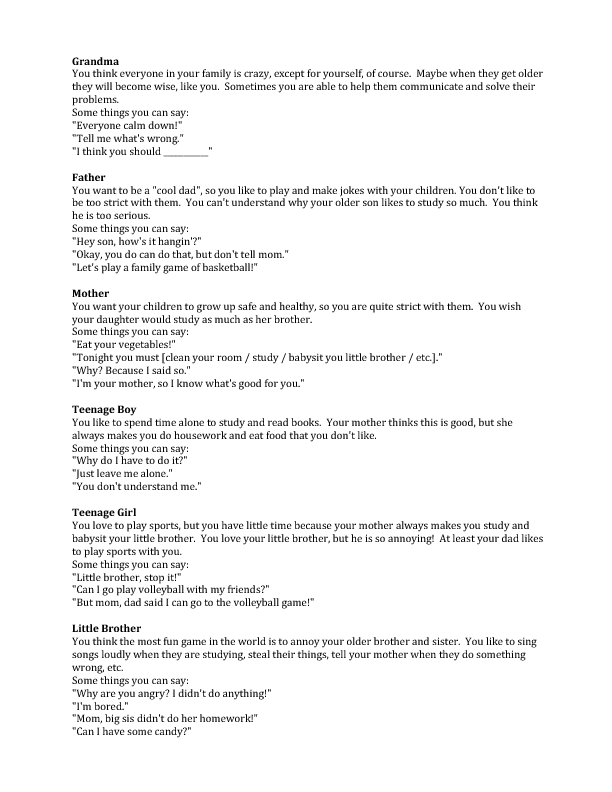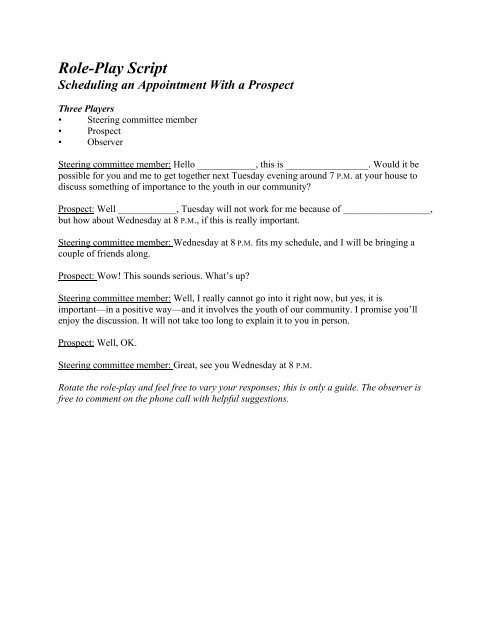

Title: Prepositions based on the poem The Rain The teachers moves and guide each group while they work.

Then she draws the flow chart on the board and asks the students to fill in the required information in proper sequence while working in groups. Phase III: The teacher divides the whole class in eight groups, six learners in each. Q =10 = What is the significance of festivals? Q =9 = What is the belief of the Chinese people about the traits of a new born child? Q =8 =What is in the red packets of good luck gifts? Q =7 = What is the meaning of “eight” and “nine” in Chinese language? Q =6 = How many foods are served on New Year’s Eve Dinner and what is your favorite dish on Eid? Q =5 = What is the meaning of Chinese word “fu”? Q =4 = With what are the black and red colors associated? Q =3 = When should all the cleaning be finished before the New Year’s Day? Q =1 = Define solar calendar and lunar calendar? The responses of the learners are appreciated both by the teacher and learners. Then the teacher asks the questions one by one. Students write the answers working in pairs. Then a worksheet is distributed among the students having ten questions about the ‘Chinese New Year’. Phase II: The teacher asks the whole group of activity in front of class again and ask some questions related to their specific charts. The whole class appreciate the performance of the volunteers with clapping and encouraging remarks. At the end the leade4r of the flow chart activity concludes by telling ‘Chinese New Year’, unity and cultural harmony resulting from such festivals. She tells that the Chinese believe that the child who born during the year of a particular animal may have the traits of that animal.

She points to the chart having pictures of animals honored by the Chinese people like goat, snake, rabbit, dog etc. Sixth student describes the association of each Chinese year with twelve animals. What do the red packets contain and when are opened is also told with the help of charts. The fifth presenter explains the giving of good luck gifts which are presented by the elders to the children and unmarried members of the family. She also describes that the word “eight” means “prosperity” and the word “nine” means “long-lasting”. The fourth learner tells the class about the ‘New Year’s Eve Dinner’ containing eight or nine foods by pointing to the chart having pictures of nine different dishes. She also explains that the Chinese word ‘fu’ means luck and happiness and flowers symbolize coming of spring and a new beginning. The third student tells about decorating the house by pointing to the pictures representing decoration of house and windows. By pointing to the colorful charts representing cleaning and clothes, she explains how black dress is associated to death and red clothes associated to warding off bad spirits and cleaning after ‘New Year’s Day’ is associated with throwing out the good fortune for the new year. The second student describes the cleaning of houses and buying new clothes before the new year celebrations. She tells about the prominent items of celebrations, all of them focusing on good luck for the new year and coming of spring. Then the first student comes, points to the chart and defines the lunar calendar followed by Chinese people. Phase I: The leader of the flow chart activity comes in front of class and introduces the lesson “Chinese New Year” The volunteers have pasted the charts in proper arrangement.
Role play scripts how to#
Skim the important information from the lesson.Īfter the completion of the lesson “Chinese New Year”, the teacher draws the flow chart on the board, instructs the learners how to prepare a flow chart of a descriptive essay and appoints a volunteer group to divide the task according to their choice and interest for the next day’s presentation.Develop reading, writing, listening, speaking, comprehension and confidence.Motivation and participation in English language class.Resources used: Charts, pointer, board, board, marker, worksheets, duster, classroom, volunteer students. Phas=III= The students are asked to think for a while and write down the step by step process of treating the minor cuts in the following work sheet. Q =7 = What is the main idea of the role play? Q =6 = Why was the wound infected and had pus into it? Q =5 = What kind of injury had the third patient? Q =4 = How did the mother provided first aid to young girl suffering from sun stroke?


 0 kommentar(er)
0 kommentar(er)
